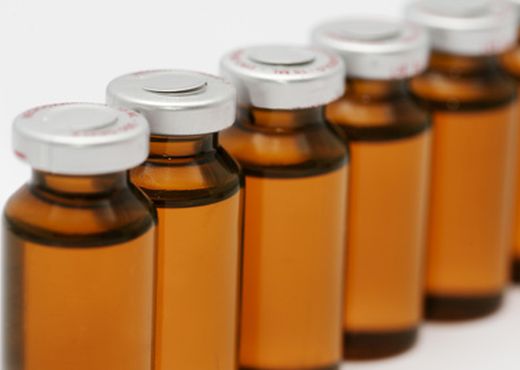Cerebral embolization is a relatively frequent complication during transcatheter aortic valve replacement (TAVR). The hypothesis behind this study is that the incidence of cerebral embolization might be decreased by anticoagulation with bivalirudin, instead of heparin.
The first study objective was to determine the proportion of patients with new cerebral embolus after TAVI and to investigate whether the anticoagulation strategy applied during the procedure may affect the rate of cerebral embolization.
The BRAVO (Effect of Bivalirudin on Aortic Valve Intervention Outcomes)-3 trial randomized patients to receive bivalirudin versus unfractionated heparin during transfemoral TAVI.
Within BRAVO, there was a magnetic resonance imaging (MRI) prospective substudy conducted in 60 patients, which aimed at identifying those with new cerebral imaging matching embolus during the procedure (primary endpoint of this study). Secondary endpoints included quantitative analysis of lesions and neurological outcomes at 48 hours and 30 days.
Of 60 randomized patients, 29 received bivalirudin and 31 received heparin. The proportion of patients with new cerebral lesions did not differ between both drugs (65.5% versus 58.1%; p = 0.55)
Groups were similar regarding the mean number of cerebral emboli per patient, total volume of emboli, and neurological outcomes at 48 hours and 30 days. All patients with clinical evidence of stroke presented new imaging matching cerebral embolization on MRI.
Conclusion
This study documents new imaging matching cerebral embolization after TAVI in nearly two-thirds of patients. No significant differences for anticoagulation strategies during the procedure (bivalirudin versus heparin) were observed.
Original title: Cerebral Embolism During Transcatheter Aortic Valve ReplacementThe BRAVO-3 MRI Study.
Reference: Eric Van Belle et al. J Am Coll Cardiol. 2016 Aug 9;68(6):589-99.
We are interested in your opinion. Please, leave your comments, thoughts, questions, etc., below. They will be most welcome.




